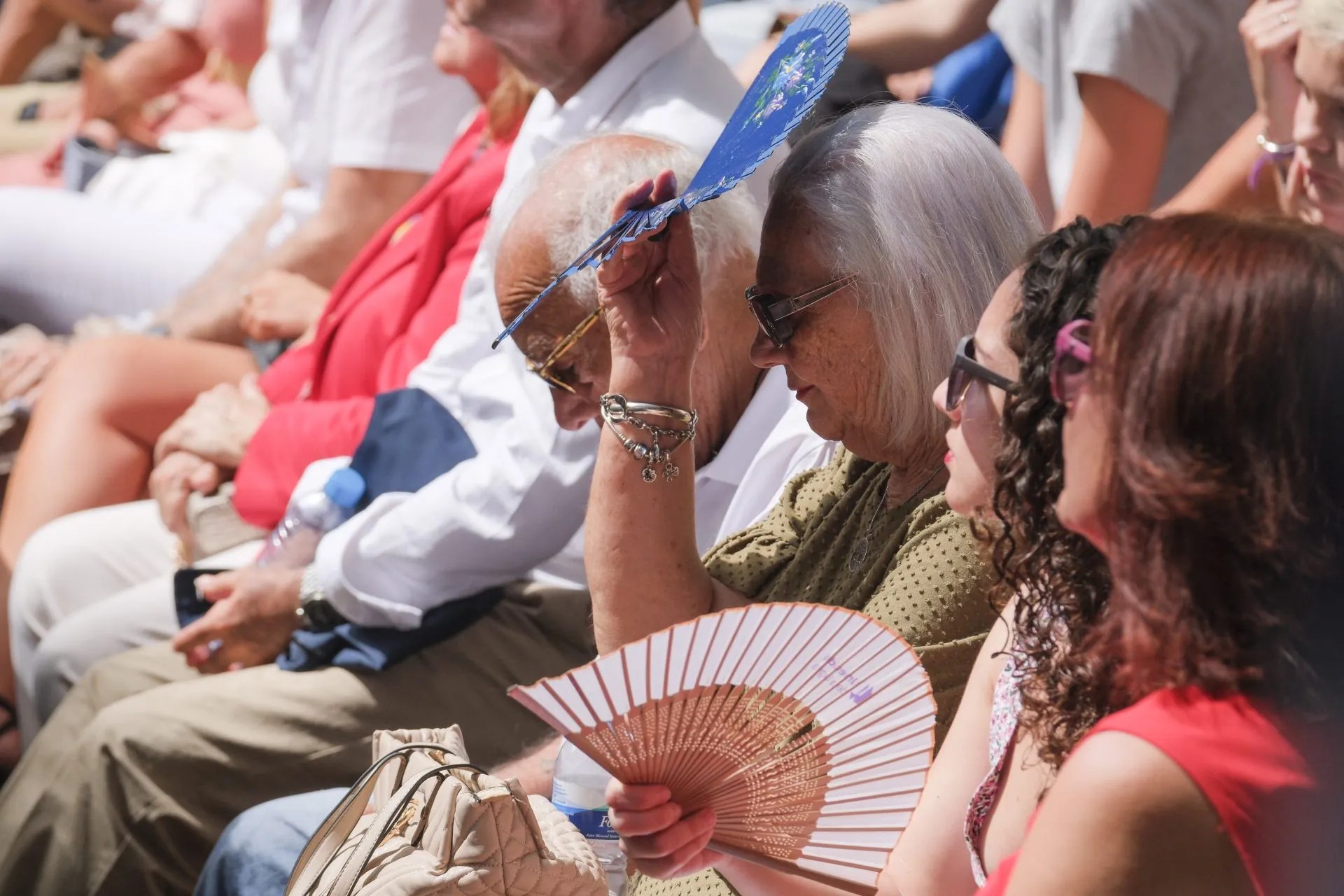In the southern region of Tenerife, where the demand for education and cultural variety progress hand in hand, IES Ichasagua, situated in Los Cristianos (Arona), is emerging as a hub for learning and community for its students. Within its corridors and classrooms, 775 learners engage in studies daily, of which 43.2%, nearly half, originate from different countries. Identifying a total of 40 distinct nationalities illustrates the multiculturalism and diversity present in the institution. In every space, from the walls to the academic tasks, the influences of Europe, Asia, America, and Africa resonate, as the educational leadership consistently strives to convert this diversity into a beneficial experience for the youth.
For many students, IES Ichasagua marks their initial encounter with an educational framework. It is an institution that embraces the differences among its attendees and actively promotes and celebrates them through various activities. This establishment has championed diversity for several years, evidenced by its Reception Plan — a didactic resource for newly arrived students that eases their integration and breaks cultural barriers.
“We aspire for students to view diversity as an inherent aspect of their day-to-day existence,” shares José Ramón Mejías, the institute’s director. This plan encompasses orientation activities aimed at fostering a sense of belonging within the community.
Annually, this IES commemorates festivals from various cultures: from Diwali in India to the Chinese New Year, not forgetting Saint Patrick’s Day, and even the Festival of the Lamb. During these events, students transform their hallways with graffiti, murals, and symbols capturing the essence of each celebration. According to Mejías, these gatherings “encourage respect and understanding, demonstrating that every culture has its place at the IES.”
As an integral part of its academic strategy, IES Ichasagua has created projects encouraging students to delve into and share their cultural heritage. One such initiative is Passport to Interculturality, which immerses students in the cultures of their peers and invites them to depict their findings in murals that adorn classrooms and corridors.
Cristina Pinteño, a key advocate for this programme, explains that “through interviews, students discover that each of their classmates has a unique story to share; a narrative that connects them while simultaneously distinguishing them.”
A Journey to Africa
Since 2018, the institution has also been involved in the Teach Africa initiative, orchestrated by Professor Alejandra Martín, in cooperation with Casa África and the University of La Laguna. This scheme aims to “move beyond stereotypes associated with the African continent and provide a comprehensive perspective of its geographical and cultural richness.” In 2023, the institute represented Tenerife at the annual gathering of this programme. “We aim for students to recognise that Africa is a continent filled with vast treasures.”
For the learners at this southern institution, diversity is not a mere concept but a tangible reality. Their classes evolve into environments where accents and languages intertwine, enriching the learning process. Educators, often surprised and unable to articulate precisely how, observe that their students have developed the ability to communicate effectively, even in the absence of a shared language. “When a new student arrives, the others immediately include him as part of the group,” they reflect.
In a climate where discussions surrounding migration do not consistently present exemplary narratives, IES Ichasagua stands out as a microcosm demonstrating that coexistence and acceptance are, and ought to be, fundamental components of education.

















